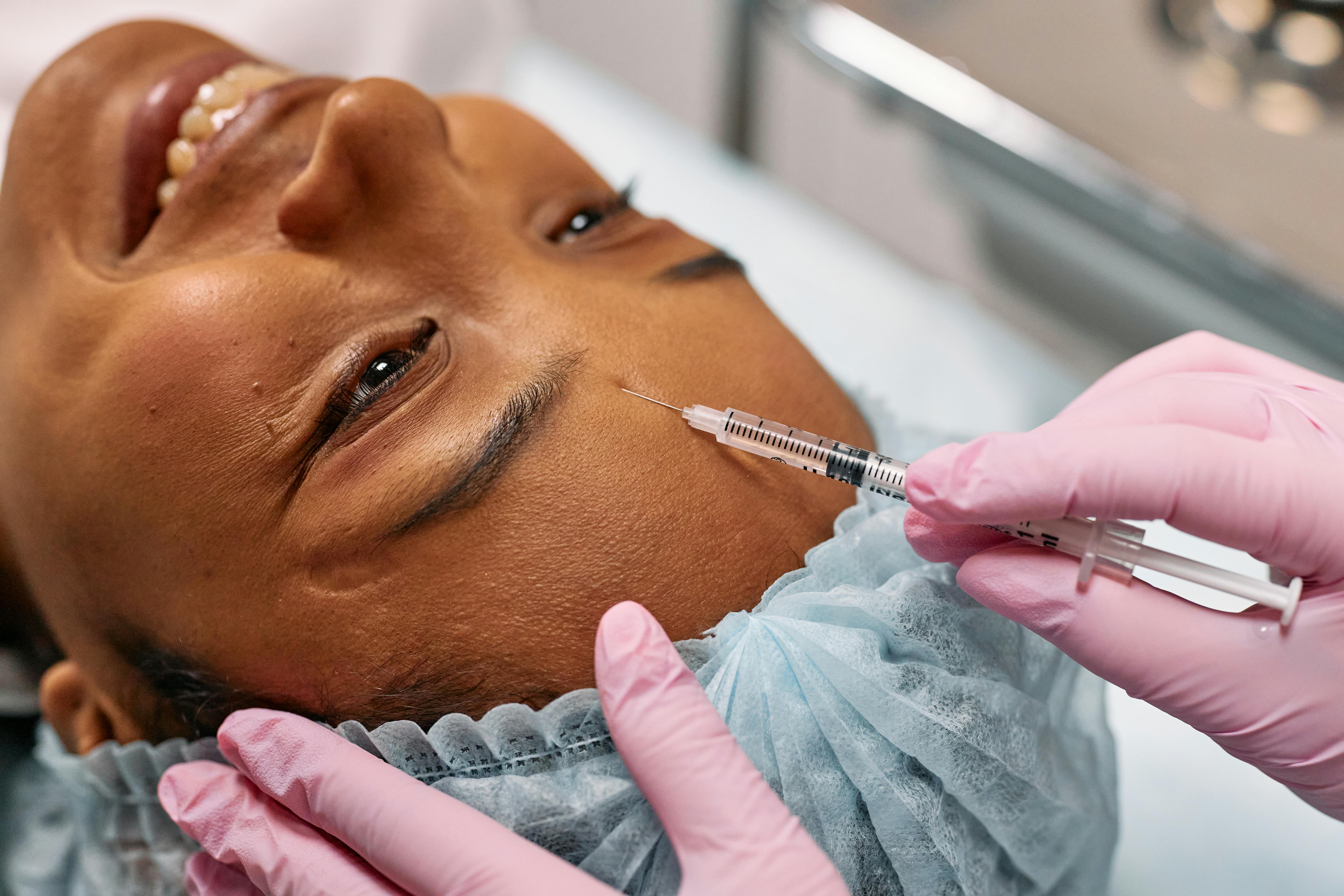Demystifying Botox: A Comprehensive Overview of its Applications and Efficacy
Botox, a word that many associate with aesthetic treatments and age defiance, has a rich history that transcends its current reputation. It emerged as a medical marvel, only later to become synonymous with cosmetic procedures. Today, Botulinum toxin, or Botox as we commonly know it, has a multitude of applications – from treating chronic migraines to mitigating excessive sweating. This article delves into the journey of Botox, its myriad applications, trends, and its impact on the beauty industry.

Tracing the Roots: Botox’s Historical Context
Botox’s history dates back to the 19th century when a German physician, Justinus Kerner, first described its symptoms as part of food poisoning. However, it was not until 1949 that Dr. Vernon Brooks discovered its potential in blocking nerve impulses when injected into a muscle. The first approved medical use of Botox was in 1989 to treat strabismus, a condition of misaligned eyes.
In 2002, Botox received FDA approval for cosmetic use, specifically for the treatment of moderate to severe frown lines between the eyebrows. Since then, its use in the beauty industry has skyrocketed, making it a household name.
Beyond Wrinkle Reduction: Other Applications of Botox
While the most common use of Botox is for cosmetic reasons, it has proven beneficial in treating various medical conditions. It has been used to help those suffering from chronic migraines, a condition that affects millions of people worldwide. Botox injections can reduce the frequency of migraines, providing relief to those who have not found success with traditional treatments.
Hyperhidrosis, or excessive sweating, is another condition that Botox can help manage. When injected into the skin, Botox can block the nerves that activate your sweat glands, significantly reducing sweating in those areas.
Botox has also shown promise in treating conditions like overactive bladder and certain eye muscle disorders. Its ability to block nerve impulses makes it an effective treatment for these conditions.
Botox in the Beauty Industry: Trends and Impact
In the early 2000s, Botox was primarily used by older adults looking to reverse the signs of aging. However, in recent years, there has been a shift. More and more people in their 20s and 30s are turning to Botox as a preventative measure. This trend, known as “Baby Botox,” involves using smaller doses of the product at a younger age to prevent the formation of wrinkles.
The impact of Botox on the beauty industry is undeniable. It has become a staple in non-surgical cosmetic treatments, with millions of procedures performed annually worldwide. The rise of Botox has also paved the way for other injectable treatments, creating a trend towards minimally invasive procedures.
The Reception and Perception of Botox
Despite its popularity, Botox has not been without controversy. Its use for cosmetic purposes has sparked debates about beauty standards and the pressure to maintain a youthful appearance. There’s also the risk of misuse, with some practitioners administering Botox without proper training, leading to potential health risks.
That said, when used responsibly and under the supervision of a skilled practitioner, Botox can provide a safe and effective means of addressing various aesthetic and medical concerns.
Botox: A Beauty Mainstay with a Medical Backbone
While Botox may be best known for its wrinkle-smoothing abilities, its roots as a medical treatment should not be overlooked. Its diverse applications, from treating chronic migraines to excessive sweating, demonstrate its versatility.
Furthermore, the trend towards preventative use of Botox among younger adults reflects a shift in our understanding of aging and beauty. It suggests that maintenance and prevention are just as important, if not more so, than reversing the signs of aging.
In conclusion, Botox is more than a beauty trend. It is a testament to the medical industry’s ingenuity and our evolving perceptions of beauty and aging. Its journey from a toxin to a prized beauty product and medical treatment is nothing short of remarkable. Its impact on both the medical and beauty industry is profound and continues to evolve with each passing year.



